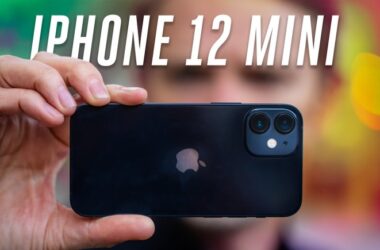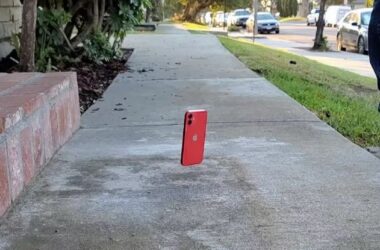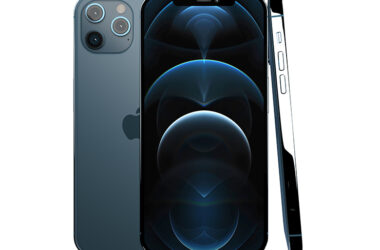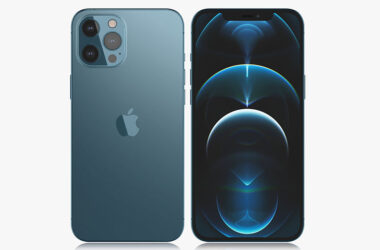The portion of screens in mobile devices has increased. Smartphones with full-screen displays also showed up. ZTE, a Chinese telecommunication device manufacturer, introduced the world’s first under-display smartphone that hid a camera behind a display. Both fingerprint recognition sensors and speakers are hidden under the display. Sales will start soon. If the under-display design is established, familiar smartphone designs such as notch and home buttons will also become historical relics.
Apple is also paying attention to under-display. They may want to stop criticizing and mocking Notch’s design.
Apple’s patent (public number: US20200387684), released on the 10th (local time), introduces how to place touch ID sensors behind displays.
It is based on the optical method rather than a conventional electrostatic method. It emits light, receives reflected light, and recognizes users by comparing them with fingerprint information.
Apple has consistently applied for patents for Under Display Touch ID. According to patents, it also deals with methodologies that implement touch ID under displays for iPhones and other Apple devices.
Recently, Apple asked about Face ID’s satisfaction and whether to use a USB cable in a survey of iPhone 12 buyers. What’s noteworthy is that there were some questions about the preference of touch ID. The fact that such a survey was conducted on iPhone buyers at a time when the touch ID has already disappeared seems to be a sign that Apple is considering whether to apply the touch ID or not.
One thing that cannot be seen only as excessive speculation was asked earlier this year if they used the power adapter provided when they purchased the iPhone in a survey. The survey participants would not have known what the question was intended at the time. The iPhone, which was released later, was sold with the charger and earphones removed. He even added that the component was not included as part of efforts to protect the environment.

The home button, which has been with the iPhone since its birth, has been loved by users for nine years. However, the iPhone X model disappeared. The spot where the home button was located was covered with a display. Face ID will also replace the user authentication technology performed with the touch ID on the home button. It left a deep regret for those who use touch ID well.
If you look at Apple’s move, the touch ID may return. The position of touch ID is probably behind the display. Like iPad Air, which was released recently, there is a possibility that it will be added to the power button. These days, when the number of days of wearing masks has increased, I hope that the possibility of touch ID is high.





